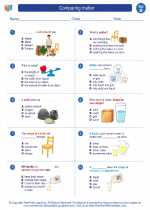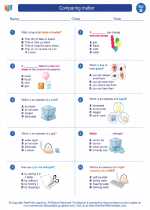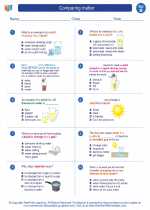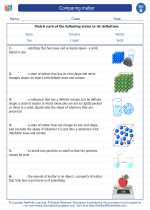Convection
Convection is the transfer of heat through the movement of fluids (liquids and gases). It occurs when warmer, less dense fluid rises and cooler, denser fluid sinks, creating a circular motion that transfers heat from one place to another.
How does convection work?
Convection occurs in fluids because when a fluid is heated, its particles gain energy and spread out, making the fluid less dense. The less dense, warmer fluid then rises while the cooler, denser fluid sinks. This creates a cycle of movement that transfers heat throughout the fluid.
Examples of convection
- Boiling water: When water is heated, the warmer water rises while the cooler water sinks, creating a convection current.
- Heating a room: In a room, warm air rises near a heat source, such as a radiator, and cooler air sinks, creating a convection current that circulates the warm air throughout the room.
- Weather patterns: Convection plays a key role in the formation of clouds, wind, and other weather phenomena as warm air rises and cool air sinks.
Study Guide for Convection
Here are some key points to remember about convection:
- Convection is the transfer of heat through the movement of fluids.
- It occurs because warmer, less dense fluids rise while cooler, denser fluids sink, creating a circular motion.
- Convection can be observed in everyday phenomena such as boiling water, heating a room, and weather patterns.
Convection is an important concept in understanding heat transfer and the movement of fluids in various natural and artificial systems.
[Convection] Related Worksheets and Study Guides:
.◂Science Worksheets and Study Guides Second Grade. Comparing matter
Study Guide Comparing matter
Comparing matter  Activity Lesson
Activity Lesson Matter All Around
Matter All Around  Worksheet/Answer key
Worksheet/Answer key Comparing matter
Comparing matter  Worksheet/Answer key
Worksheet/Answer key Comparing matter
Comparing matter  Worksheet/Answer key
Worksheet/Answer key Comparing matter
Comparing matter  Vocabulary/Answer key
Vocabulary/Answer key Comparing matter
Comparing matter 

 Activity Lesson
Activity Lesson
 Worksheet/Answer key
Worksheet/Answer key
 Worksheet/Answer key
Worksheet/Answer key
 Worksheet/Answer key
Worksheet/Answer key
 Vocabulary/Answer key
Vocabulary/Answer key

The resources above cover the following skills:
PHYSICAL SCIENCE (NGSS)
Matter and its Interactions
Students who demonstrate understanding can:
Construct an argument with evidence that some changes caused by heating or cooling can be reversed and some cannot.